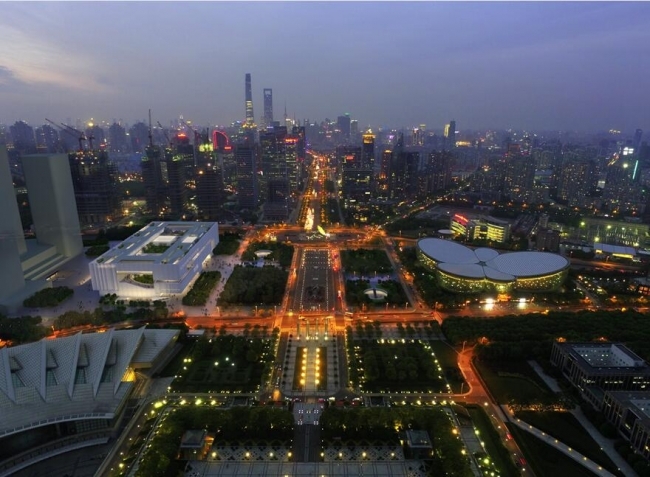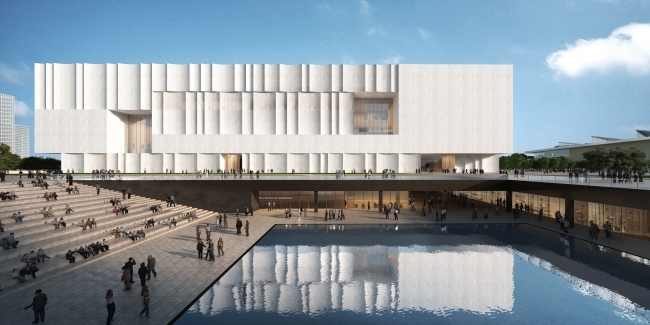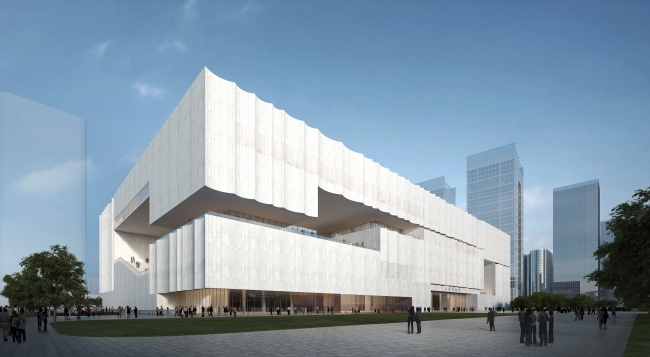A series of key cultural projects in Shanghai are on displaythis fall – in the East Hall in Shanghai Museum, the East Hall in Shanghai Library, and the Shanghai Grand Opera House, to name a few. Among them, the layout of the East Hall in Shanghai Museum was created by a design team led by Prof. LI Li from Tongji University.

‘Initially, our team wanted to create a unique museum, where an exhibition hall lies right in the center with visit paths located outside the building.’ Prof. LI said. But the team realized soon that their plan was too difficult to implement in actual construction. They had to turn to a feasible plan. Shanghai Museum is in the round shape of an ancient Chinese cauldron, literally Ding in pronunciation. In traditional Chinese culture, the cauldron was a symbol of a country which often came together with the imperial seal representing the country`s credibility. Hence, ourfinaldesignwas in the form of an imperial seal.To spell out the uniqueness of their design, LI and his team named their project ‘a Chinese ink-wash painting.’ It was the Chinese features that drew the decision-makers` attention, eventually.

Experts from the review committee concur that LI and his team`s design was rich in Chinese cultural connotations. The marble facade of the hall bears a strong resemblance to a scroll of Chinese traditional ink-wash painting; the combination of the imposing and high-rising main building with water glistening on its wall projects the building as an area where the land joins the sea. All in all, the overall impression of the building created by the new design not only matches the artcollections of calligraphies and handicrafts in the East Hall, but interacts with the surrounding modern landmark buildings in distinctive contrast.
